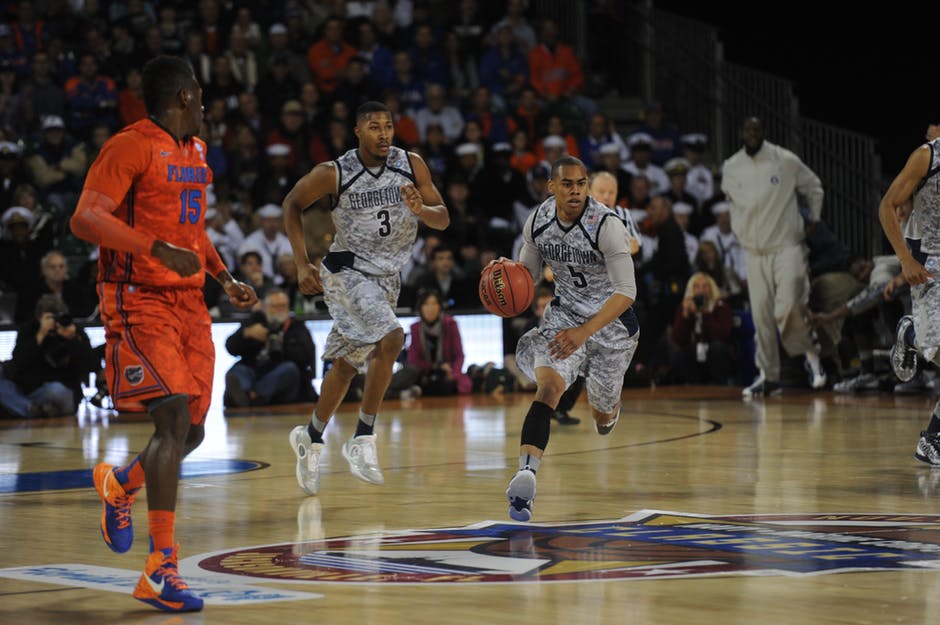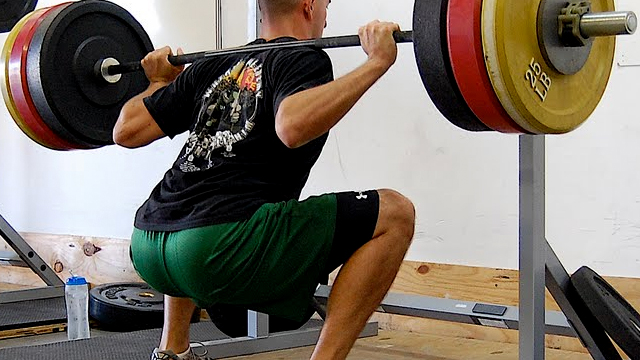In an article that I wrote for STACK (http://www.stack.com/2014/09/01/better-basketball-defense/) I touched on the importance of pass denial for good basketball defense. Ideally each defensive series in basketball ends with a turnover or a rebound. Denying the other team’s ability to make passes is extremely important for this because it provides an opportunity for a turnover and it keeps the ball out of the hands of the other team’s scorers.
There are three parts to successful pass denial defense:
- Stance
- Positioning
- Awareness
Stance
Stance refers to a solid pass denial defensive stance. This means that the defender’s chest is out, their shoulders are back, feet are wide, their weight is on the balls of their feet, and their hips are pushed back far enough so that the defender’s eyes are even with the offensive player’s chest. When in active pass denial defense, both hands should be up in the “Stop!” position. This means that one hand is at the level of the offensive player’s chest, the other hand is up to deflect potential passes.
Positioning
When in pass denial defense, the defender needs to position themselves between the offensive player and the ball. This is not a static position, when the offensive player moves the defensive player needs to adjust to remain in between the offensive player and the ball.
Awareness
Pass denial defense comes into play when the offensive player is one pass away from the ball. The illustration below shows a typical offensive set-up with a man-to-man defense. In this set-up, every offensive player is one pass away from the ball. Player one has the ball. As a result, X1 is in between player one and the basket. X2, X3, X4, and X5 are in pass denial defense in the sense that they are in between the ball and each of the players that they are defending.
Now, this is not static, the offensive players are going to move the ball around and they are going to try to get open. The illustration below shows how the defense has to change with this in mind. In this illustration, the ball has moved to player 2, while both players 1 and 4 have shifted to try to get open. As a result, X2 is now in between the ball and the basket while both X1 and X4 have shifted with their players to stay in between them and the ball. As both players 3 and 5 are more than one pass away from the ball, their defenders are staying alert but moving into helpside defense.



